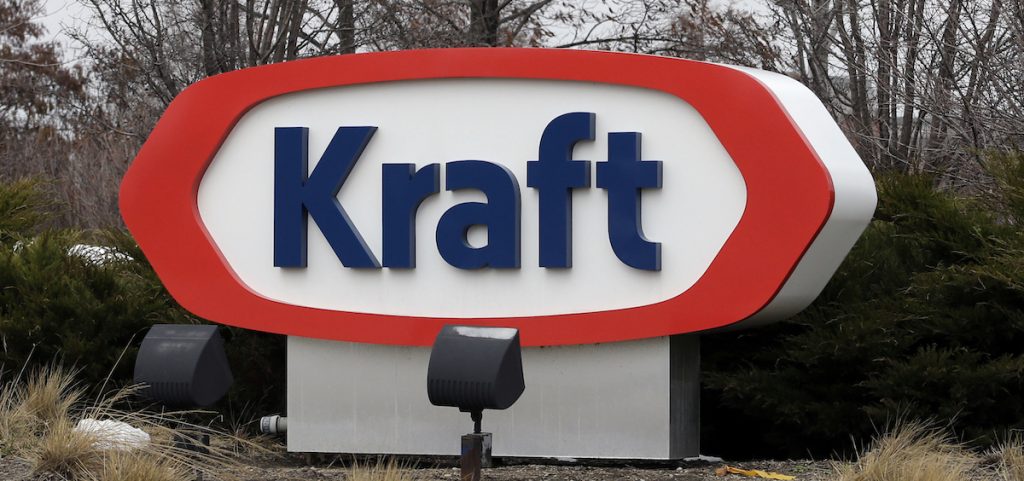News
The Biden administration offers $6 billion to slash emissions in industrial facilities
By: Isabella O'Malley | Jennifer McDermott | AP
Posted on:
WASHINGTON (AP) — The Biden administration announced $6 billion in funding Monday for projects that will slash emissions from the industrial sector — the largest-ever U.S. investment to decarbonize domestic industry to fight climate change.
The industrial sector is responsible for roughly 25% of all the nation’s emissions, and has proven difficult to decarbonize due to its energy-intense, large-scale operations.
Iron, steel, aluminum, food and beverage, concrete and cement facilities are some of those involved in this initiative. Recipients of the funding, which is coming from the Inflation Reduction Act and the Bipartisan Infrastructure Law, include 33 demonstration projects in more than 20 states.

Among the funded projects:
—Century Aluminum Company plans to build the first new U.S. primary aluminum smelter in 45 years. The plant would double the size of the current U.S. primary aluminum industry while avoiding an estimated 75% of emissions from a traditional facility, with its energy-efficient design and use of clean energy, according to DOE.
—Constellium in Ravenswood, West Virginia, is going to operate a first-of-its-kind zero-carbon aluminum casting plant and install low-emission furnaces that can use clean fuels such as hydrogen. The company produces aluminum for a range of products including cars and planes.
—Kraft Heinz will install heat pumps, electric heaters and electric boilers to decarbonize food production at 10 facilities, including in Holland, Michigan.
—Cleveland-Cliffs Steel Corporation in Middletown, Ohio, will retire one blast furnace, install two electric furnaces, and use hydrogen-based ironmaking technology. The project aims to eliminate 1 million tons of greenhouse gas emissions each year from the largest supplier of steel to the U.S. automotive industry.
—Heidelberg Materials US, Inc. will build a system that captures and stores carbon underground at its plant in Mitchell, Indiana. The project aims to capture at least 95% of the carbon dioxide released by the cement plant, which will prevent 2 million tons of carbon dioxide from entering the atmosphere each year.
“I think the United States can be a leader here,” said Mike Ireland, president and CEO of the Portland Cement Association, a non-profit that promotes cement and concrete. Ireland said the innovative cement and concrete technologies being scaled in the U.S. can be adopted by developing countries in the Global South to build highways and buildings in a more sustainable way.
There are not many U.S. plants that manufacture virgin steel, and even fewer make virgin aluminum, so tackling emissions at even just a few facilities could make an outsized contribution to reducing the country’s carbon footprint, said Todd Tucker at the Roosevelt Institute, the nonprofit partner of the Franklin D. Roosevelt Presidential Library and Museum. Once the methods for decarbonizing are proven, the technology could be exported globally for a more dynamic climate benefit, added Tucker, the think tank’s director of industrial policy and trade.
Decarbonizing the electricity and transportation sectors has been at the center of the climate conversation and there are generous federal subsidizes for the solutions, mainly using renewable energy for power generation and adopting electric vehicles, Tucker said.
But he noted it’s harder to cut emissions in heavy industries that rely on fossils fuels for creating the high heat and chemical reactions needed for their operations.
“Getting this off the ground with these first few projects is going to be really useful for convincing industry that this transition is possible, and also, importantly, convincing Wall Street that this transition is possible,” Tucker said. “The first trick is showing it’s viable in one project. Once you do that, then the private and public sectors can come up with strategies for the rest of the problem.”
The production of new aluminum in the U.S. has been precipitously declining in recent decades, especially the past few years, largely because of energy costs, said Annie Sartor, aluminum director at the green industry advocacy organization Industrious Labs. The process uses a tremendous amount of electricity that’s about 40% of the cost, Sartor said.
“These facilities have historically been located near cheap fossil energy. And today, 21st century coal, or coal and gas, are no longer cheapest,” she said. “These facilities that are reliant on fossil energy to operate can’t compete in the global market for aluminum. And they’re closing.”
The investment for Century Aluminum Company is game-changing, Sartor said, because shifting to producing new aluminum with 100% clean energy will help the climate, stabilize the industry and create jobs.
___
The Associated Press’ climate and environmental coverage receives financial support from multiple private foundations. AP is solely responsible for all content. Find AP’s standards for working with philanthropies, a list of supporters and funded coverage areas at AP.org.

